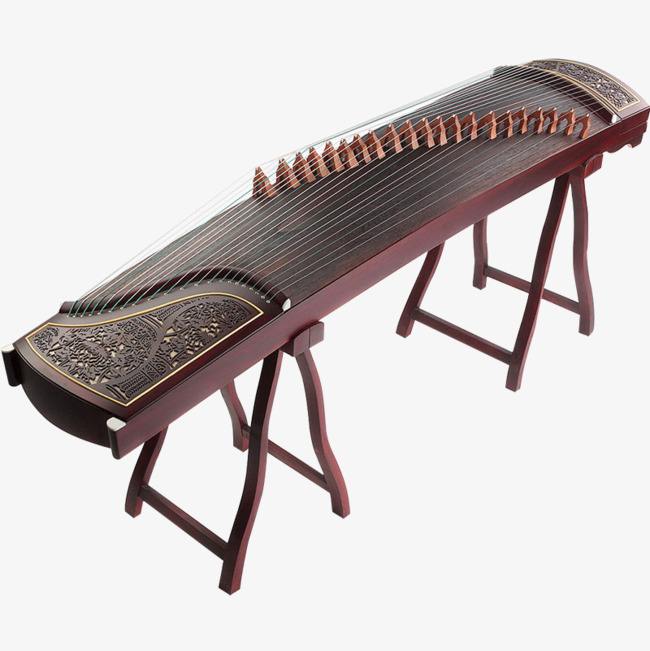Guzheng overview

Guzheng (pinyin: Gǔ Zhēng), also known as Hanzheng and Qinzheng, is an ancient national musical instrument of the Han nationality and is popular all over China. It is often used for solo, duet, instrumental ensemble and accompaniment of song and dance, opera and folk art. Because of its wide range, beautiful timbre, rich playing skills and strong expressiveness, it is known as the "King of Music", also known as "Oriental Piano", and is one of China's unique and important national musical instruments.
Guzheng existed in the Warring States Period and was used for primitive dance music with a history of more than 2,500 years.
Guzheng is mainly composed of panel, bottom plate, side panel, zheng head, zheng tail, Yueshan, yards, piano nails, sound holes and zheng strings. The tail and the surrounding side panels are made of mahogany, old mahogany (sugarwood), golden nanmu, red sandalwood and other precious woods. The sound quality of the guzheng depends on the panel and the strings. The surrounding materials slightly improve the sound of the guzheng. Red sandalwood and golden nanmu are better.
Guzheng famous songs include "Fishing Boat Sings Evening", "Fighting Typhoon", "High Mountains and Flowing Water", etc.
The shape of the guzheng is a rectangular wooden speaker. The string frame "zheng column" can move freely. One string and one note are arranged according to the pentatonic scale. At the earliest, the twenty-five-stringed zheng was the most (divided into zheng), and there were strings in the Tang and Song Dynasties. Thirteen strings, and later increased to sixteen strings, eighteen strings, twenty-one strings, etc. Currently, the most commonly used specification is twenty-one strings.
- Chinese name:Guzheng
- time of origin:Warring States Period
- category:plucked string instrument
- shape:rectangular wooden speaker
- aka:Hanzheng, Qinzheng, Yaozheng, Luanzheng
- timbre:crisp and sweet
- Representative track:Fishing boat singing late, fighting typhoon, high mountains and flowing water
overview of other similar instruments
- sanyanxiao overview
- Daguangxian overview
- Leiqin overview
- hahao overview
- yandundagu overview
- Han Xiaozheng overview
- Fang Xiang overview
- guanzi overview
- zhuqin (Dao Qin) overview
- zhuiqin overview
- bangzi overview
- three-stringed piano overview
- Gehu overview
- xiao overview
- xiaokonghou overview
- Konghou overview
- Sheng overview
- suona overview
- hulusi overview
- gushao overview
 渝公网安备 50010702504639号
渝公网安备 50010702504639号